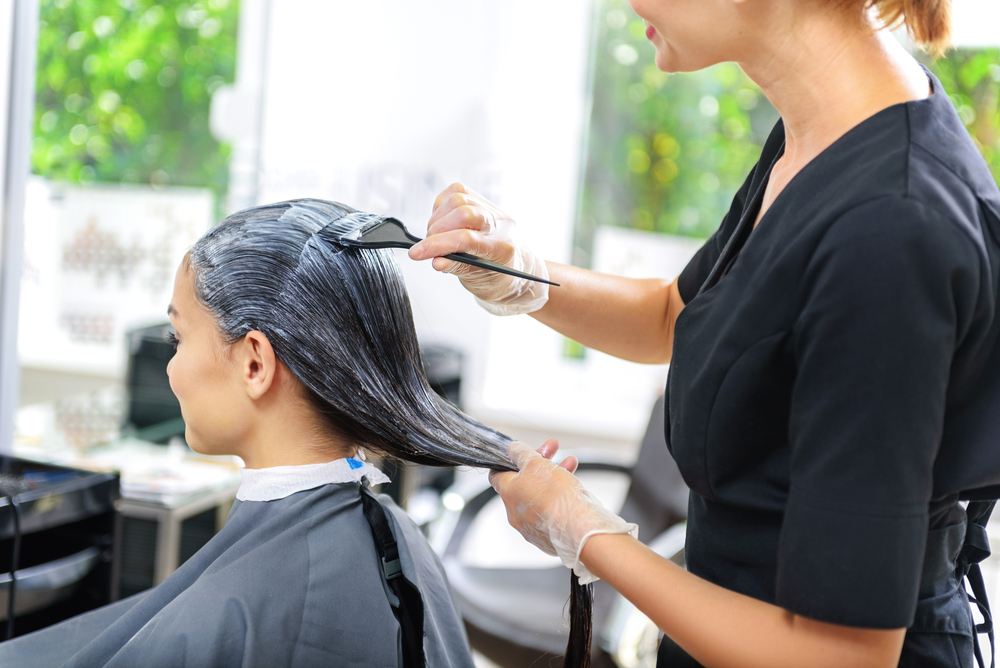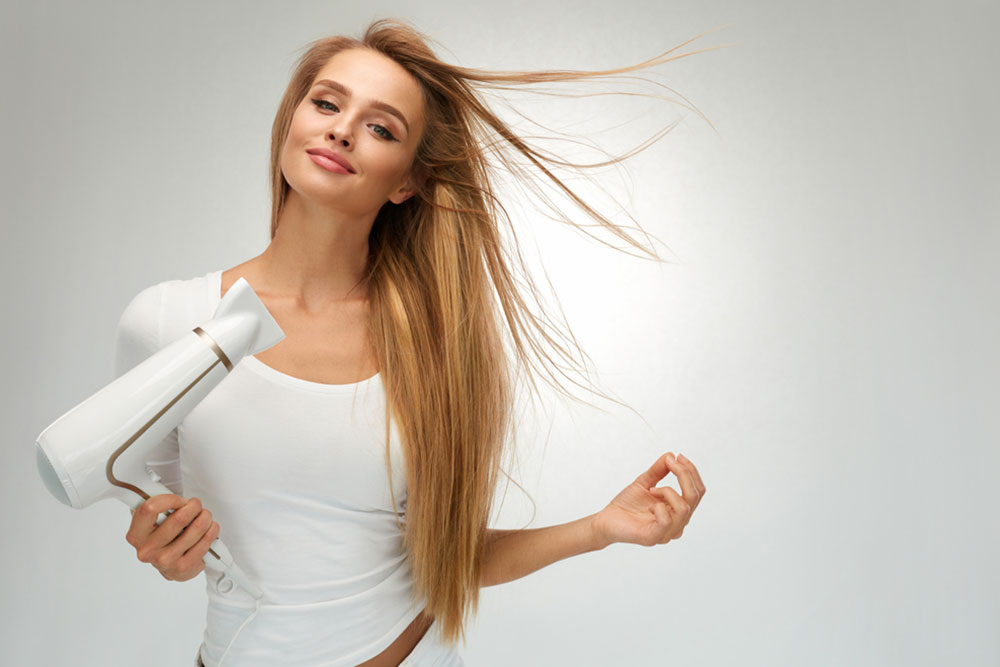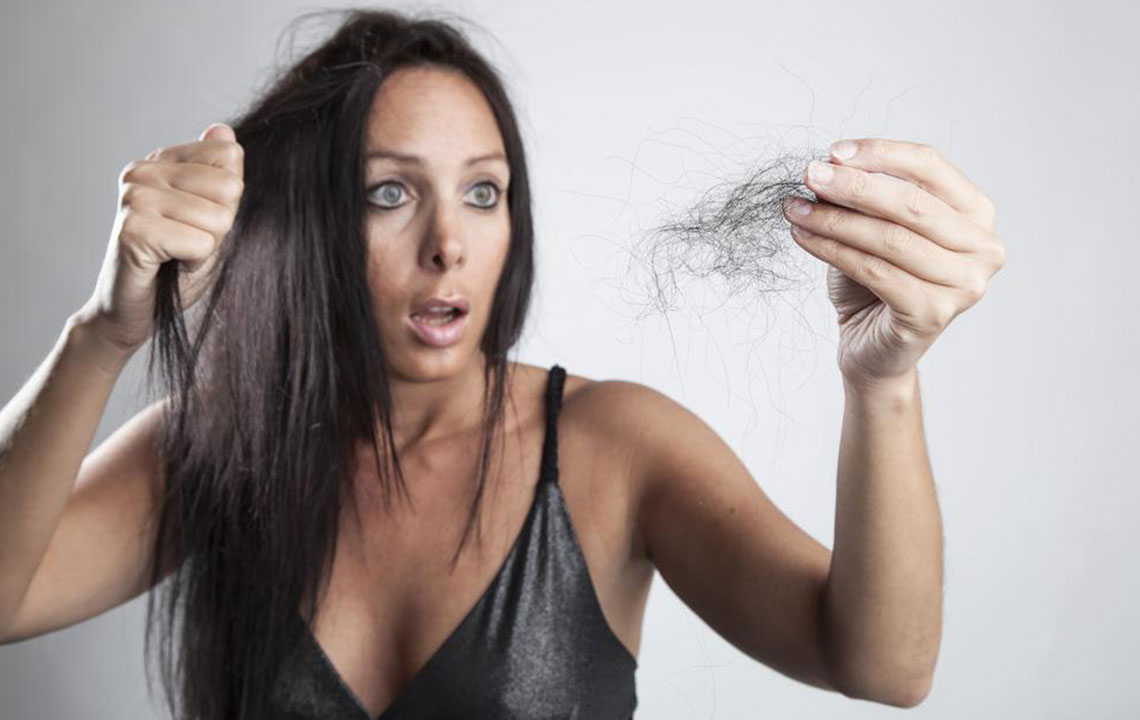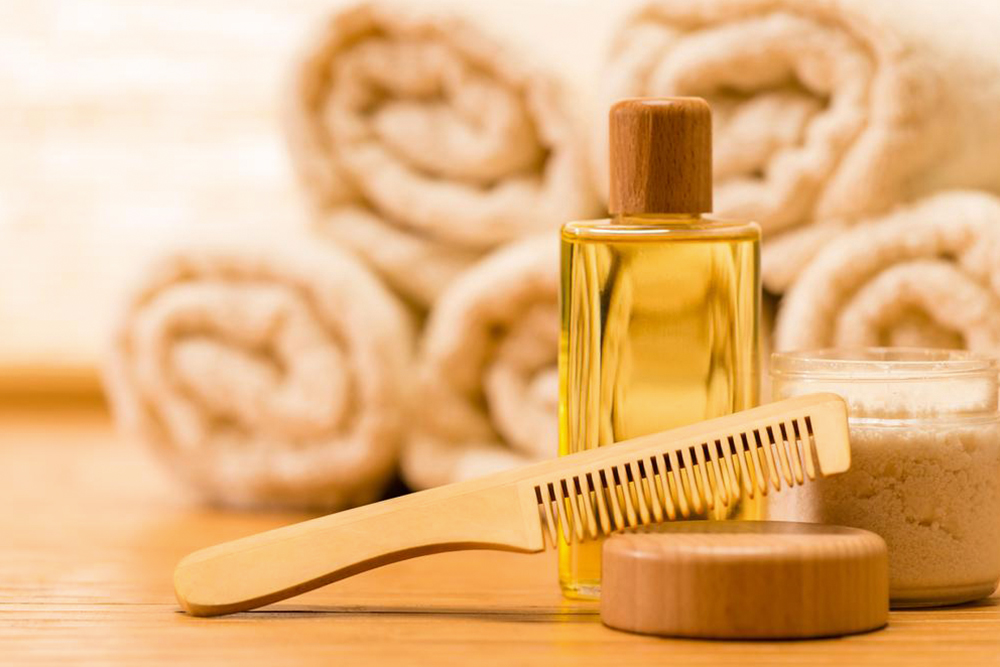Comprehensive Guide to Choosing the Ideal Hair Dye for Gray Hair
Choosing the right hair dye for gray hair involves careful consideration of factors such as skin tone, eye color, hair health, and personal style. This comprehensive guide offers essential tips for selecting shades that enhance natural beauty while maintaining hair vitality. Whether you prefer a subtle natural look or a bold transformation, understanding formulas and planning your hair makeover can help you achieve a youthful, vibrant appearance that complements your lifestyle. Prioritize hair health and professional advice for best results.
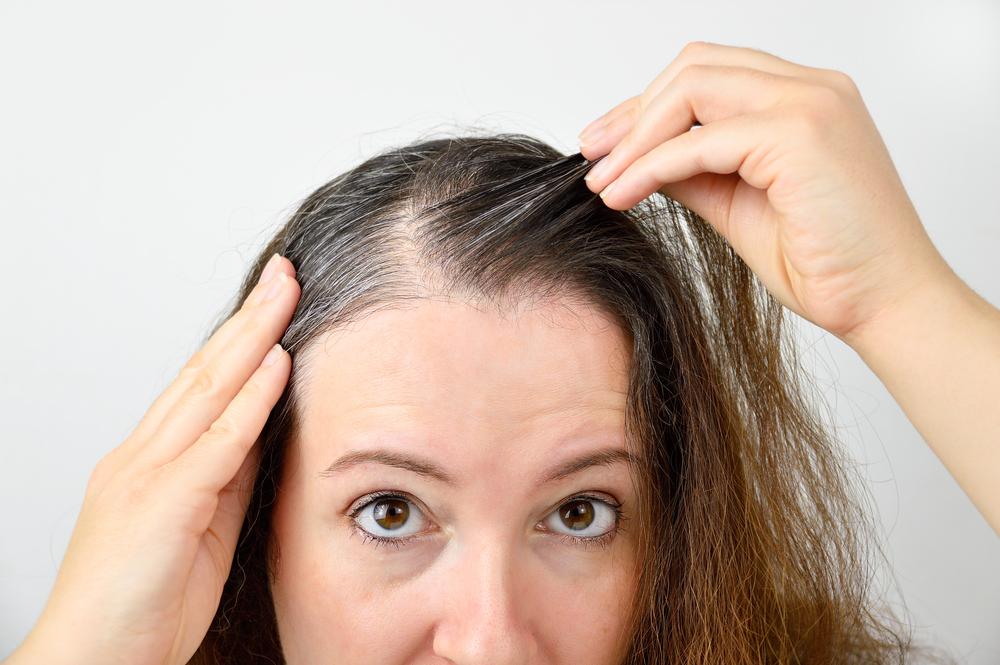
Comprehensive Guide to Choosing the Ideal Hair Dye for Gray Hair
Dealing with that single gray strand on your head can sometimes feel like a small but noticeable sign of aging, which might affect your self-confidence. Finding the perfect hair color to blend seamlessly into your existing hair while maintaining a natural and vibrant appearance is essential. The current beauty market offers a vast array of hair dye shades and hues designed to suit every preference and skin tone. However, making a decision based solely on personal preference without considering other vital factors can lead to less satisfactory results. Therefore, understanding how to select the right dye involves evaluating various aspects such as your skin tone, eye color, lifestyle, and professional environment.
Choosing the right hair dye is more than just about color preference; it’s a strategic decision that can influence your overall look and confidence. Some factors must be carefully considered to ensure the dye enhances your natural beauty while also being practical in terms of maintenance and hair health. Below, we explore essential guidelines that will help you navigate the process of selecting the most suitable hair dye for gray hair, ensuring a harmonious and youthful appearance that complements your individual style.
Making an informed decision when choosing a hair dye is crucial. It’s important to assess your willingness to experiment with bold or subtle shades and to consider how the color will fit into your everyday lifestyle. Whether you're looking for a daring transformation or a subtle enhancement, your choice should reflect your personality, professional commitments, and personal comfort. Take your time to explore different shades and consult with professionals if necessary. Remember, the goal is to achieve a harmonious look that boosts your confidence and aligns with your grooming routines.
Plan Your Hair Makeover Carefully
One of the first steps in selecting the perfect hair dye is planning your overall hair makeover. Avoid impulsive decisions—thinking ahead helps ensure satisfaction with the result. If you are considering bold, contrasting colors such as vibrant reds, blues, or purple, evaluate how significantly they will impact your daily style and professional appearance. Conversely, if a more natural appearance suits your lifestyle, choose softer, subtle shades close to your current hair color, such as warm blondes or light browns. Additionally, consider external factors like your workplace or school policies related to hair color, especially if you work or study in environments with strict grooming standards. Making a strategic plan will help you choose a shade that complements your skin tone, eye color, and personal style seamlessly.
Evaluate Your Willingness to Experiment Versus Natural Looks
Assessing your comfort level with experimenting with new shades is vital. For those eager for a dramatic change, selecting a completely different color such as jet black, platinum blonde, or bold reds can be exciting and transformative. However, if your goal is to maintain a more natural appearance, stick to colors similar to your original hair shade, like light browns, soft blondes, or subtle ash tones. Remember that certain shades require more frequent touch-ups, particularly for natural hair colors that are darker or lighter than your own. Your daily routine, comfort, and the desire for maintenance-free hair should all influence your choice of dye.
Consider Your Skin and Eye Colors for a Flattering Match
Choosing a hair color that complements your skin's undertone and eye color enhances your overall appearance. For individuals with warm skin undertones, earthy tones such as caramel, golden blondes, and warm browns tend to be most flattering. Cool undertones, on the other hand, are complemented well by ashy and platinum shades, which help balance the skin’s natural hue. Eye color also plays a crucial role; dark eyes generally look stunning when paired with deep browns, chocolates, and rich reds, creating a striking contrast. Lighter eyes—blue, green, or hazel—are often enhanced with blondes, soft reds, or ash tones, providing a harmonious and vibrant look. Avoid overly light or orange shades if you have dark eyes, as these can create a harsh contrast, whereas brighter hues can make lighter eyes pop beautifully. Ultimately, the goal is to select a shade that complements your natural features and accentuates your uniqueness.
Choose the Correct Hair Color Formula Based on Gray Coverage Needs
The degree of gray hair coverage you need will determine the type of dye formula you should select. For minimal to moderate gray coverage—say, between 10% and 50% gray—semi-permanent dyes are a popular choice. These dyes gradually fade over multiple washes, making them ideal for those who want to experiment without committing to a long-term change. For individuals with extensive gray hair—approaching 100% coverage—permanent hair dyes are the most reliable option, providing full concealment and long-lasting color. Permanent dyes penetrate deeply into the hair shaft, ensuring the gray hair remains covered for numerous washes without significant fading or touch-ups. Consulting with a professional stylist can help you determine the best formulation for your specific needs, especially if you are uncertain about the extent of gray coverage required. Proper selection ensures you achieve a natural look while minimizing maintenance costs.
Focus on Hair Health While Choosing Color Shades
While selecting a hair dye, prioritizing the health of your hair is essential. Natural shades like soft browns, blondes, or subtle balayage tones tend to cause less damage compared to more drastic, unnatural shades. Hair colors involving harsh chemical components, such as ammonia or peroxide, can weaken hair structure and cause dryness, split ends, or breakage over time. To preserve your hair’s vitality, opt for formulations designed to be gentle and nourishing. Think about how often you’ll need root touch-ups—darker shades like black or dark brown tend to require more frequent maintenance, which can lead to cumulative damage. Conversely, natural, muted tones often blend seamlessly with regrowth, reducing the need for frequent coloring sessions. This approach helps maintain healthy, resilient hair, ensuring your new color enhances your appearance without sacrificing hair quality. Always consider consulting a professional stylist for advice on treatments that can protect your hair's health, especially after chemical coloring procedures.
